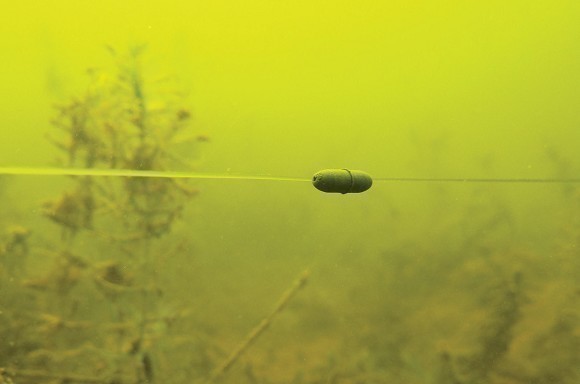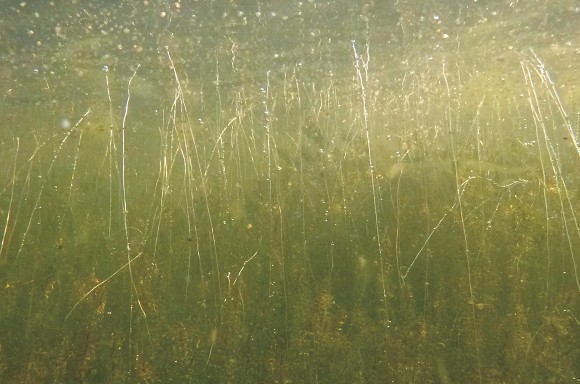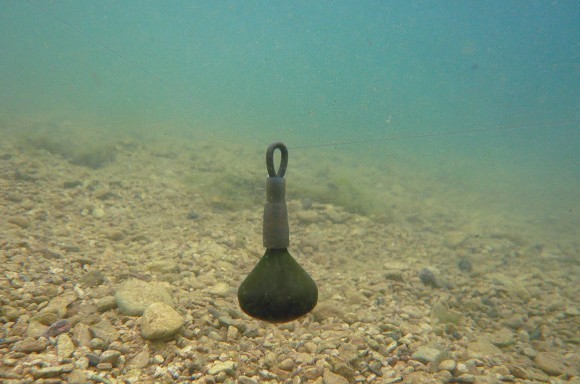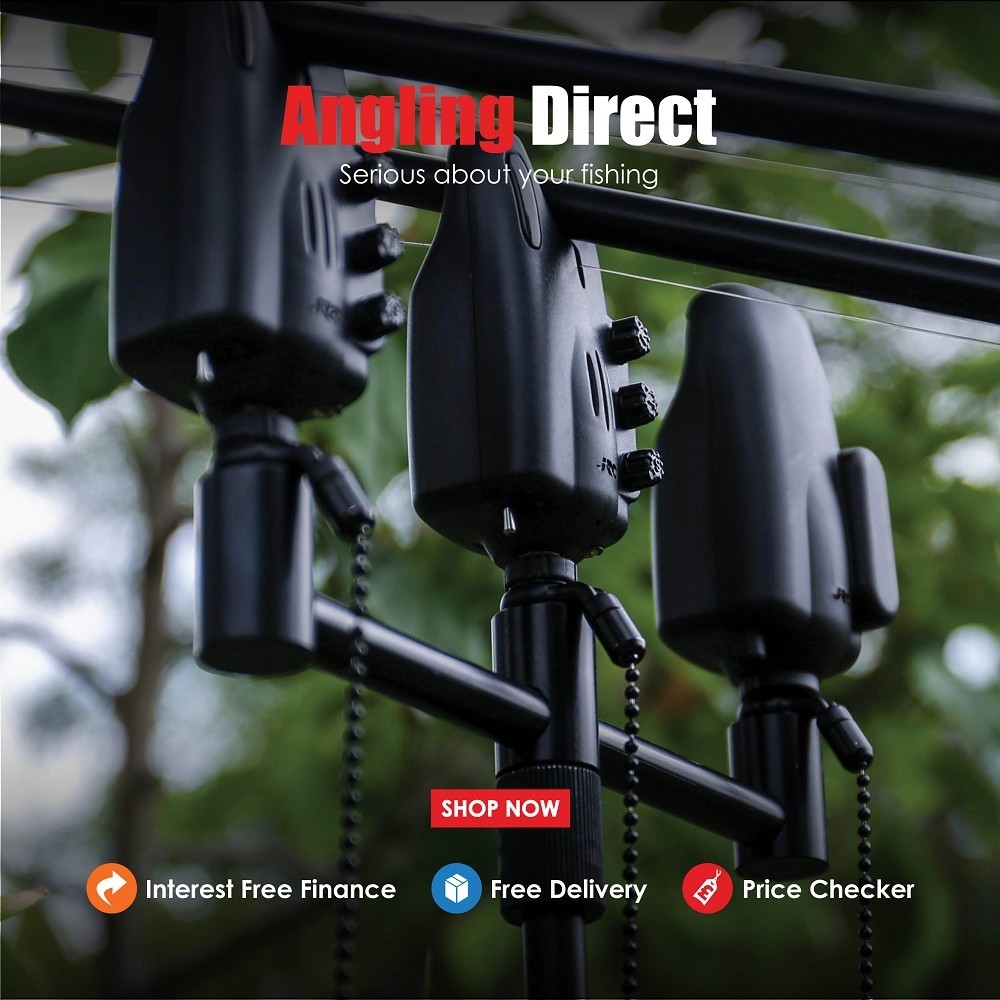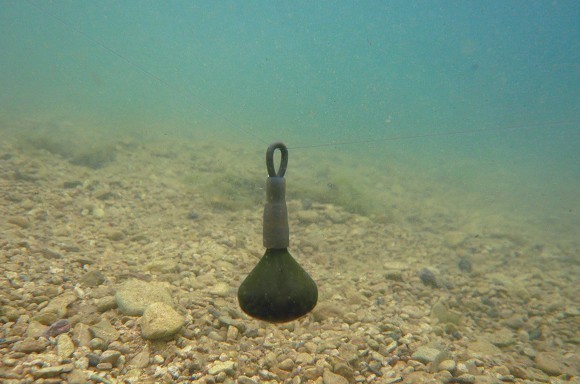
The real truth about back leads
Backleads: Here's the real truth as to how effective they are courtesy of our diving pro, Rob Hughes
The question
Firstly, loving the magazine; it’s really helped me get a few more fish on the bank. Secondly, and the reason I’m writing in, is to hopefully get some advice on backleading. It’s something I’ve never done but would like to try. I was hoping that this is something you could maybe do a piece on as it seems a little confusing. Flying backleads or standard ones? When to use them etc.? Maybe it could be a feature for the underwater series? Any advice would be greatly received.
Andy Hornby, via e-mail
Many thanks for the questions, Andy, and I hope this helps. There are times when I love backleads, and times when I hate them. They can be your best friend and your worst enemy in equal measure and I must say that a lot of the time I try to avoid rather than embrace them, but that may simply be my way of fishing. There are times that they can unquestionably help out, but the big issue is whether you use them in the right situation.
Weight issues: Light vs. heavy
As a general rule of thumb, if you are using a backlead then combine it with a lighter lead or more preferably a running lead combined with a slack-ish line. That means that when the fish picks up the bait and moves off with the rig, the line should run through the backlead rather than kite on its hinge point. If the line can freely run, there’s more chance of picking up indication. If I’m using a light backlead, such as a flier, I’d be happy to use a heavier fishing lead and a lot of the time the light backlead rarely gets get down on the deck anyway. I’ve seen people using light flying backleads or those tungsten droppers which to all intents and purposes are a waste of time most of the time as they haven’t got the weight to sink the line, especially if there is any debris or light weed on the bottom. They don’t do any harm, but they don’t do what you think they are doing unless the lake is like a snooker table with nowt on it.
Going back to the root of this problem, if you are going to go heavy, go heavy. Small backleads can move and pivot giving no indication and the ones that are a quarter and half-ounce are pointless unless you are using them to pin the line down in the edge. I’d rather use a big, chunky fella that you know is going to keep the line down.
How to get it right: Line lay
I’ve seen some horrendous examples of line lay with a backlead.
People cast out, clip-on a backlead and drop it right under their tip. This is likely to cause a massive hinge point, and it really should be avoided at all costs. If you have to have the lead under your tips because of boats (and to be honest that’s the only forgiveable reason really) then make sure your rods are pointing at the leads unless your quiver tipping (see ‘Backlead Edges’). I’ve seen people have a screamer, hit the rod, and the fish has moved miles, kiting on the hinge point directly under the rod tip.
Another one is that you really need to know what is between you and the lead if you are backleading. There’s a trend these days of not using a marker float and simply finding a ‘donk spot’ and fishing to it. If you don’t drag back fully how can you be sure there are no bars, mussels beds, weed or snags between you and your baited spot? Bang a backlead on without knowing and you could be in all sorts of trouble. I saw one guy backlead his line over and into a sunken tree!
When using a backlead, the best practice is to cast out, keep the rod high and the line tight, drop it over or down briefly then clip on a fairly heavy lead, lift it back up and slide it down as far as possible. The further away from rod it is, the better the indication you will get, but remember again that lead and bobbin balance combination.
The ideal situation... When do they come in really handy?
Shallow water is a very good place to use backleads as long as there is no weed. If the water is only a metre or so deep then the fish are very likely to come into contact with your line. Getting out down on the deck will help keep the fish on side. Really deep water/short-range fishing is another one. If you are fishing 50yds out into a 20ft deep swim your line will cut right through the water and your lay will not be great. A hefty lead fished halfway out on a running rig and a semi slack bobbin will really help.
And what about bait boats you may ask? Technically this is not really a backlead but a double lead system and believe me (and a few others who probably will not thank me for letting the cat out of the bag) it really works well. It’s basically two leads in tandem, one in the usual place, the other fished up the line a yard or two. I basically thread a tail rubber onto my leader, set the rig and lead set-up as I want it, sometimes on a clip, other times on an outline lead, then I take another in-line lead of an ounce or two, make sure it has a stiff inner stem, and push the stem into the tail rubber to semi-fix it up the line. The line doesn’t actually go through the middle of this second lead, and it can drop-off very easily if snagged.
When I am out in the boat, I lower the first one down until it hits the deck, then swing the rod over to lay the second one down and this ensures the line near the rig is dead flat. It also acts as a jolt lead when I get a pick-up which gives the fish a double bang. Devastating!
Quick tips: Backlead edges
Tips and tricks Hughesy's picked up and learnt over decades of angling and diving combined
Hang it midwater
Hanging backleads can be devastating. Fish it not too far out under your rod tip but not on the deck and it will help indicate kiting fish and also help set the hook as it keeps the line bow string tight. Balance it with a bobbin of a similar weight.
Go super light
If you have to fish a backlead under the tip, then make it as light as possible - i.e. so it is just enough to sink the line out of danger.
Watch the tips
Quiver tipping style, if you are brave enough and have soft rods, is a mega edge. Use a real chunk of a backlead, fish the rods 45-60-degrees to the lead, and tighten right up so the tip bends. The backlead will act as an anchor to help tension the line.
Facing forward
Make sure you point your rod tips towards the backleads. Never fish tips up with a backlead directly underneath them; your indication will be ruined.



